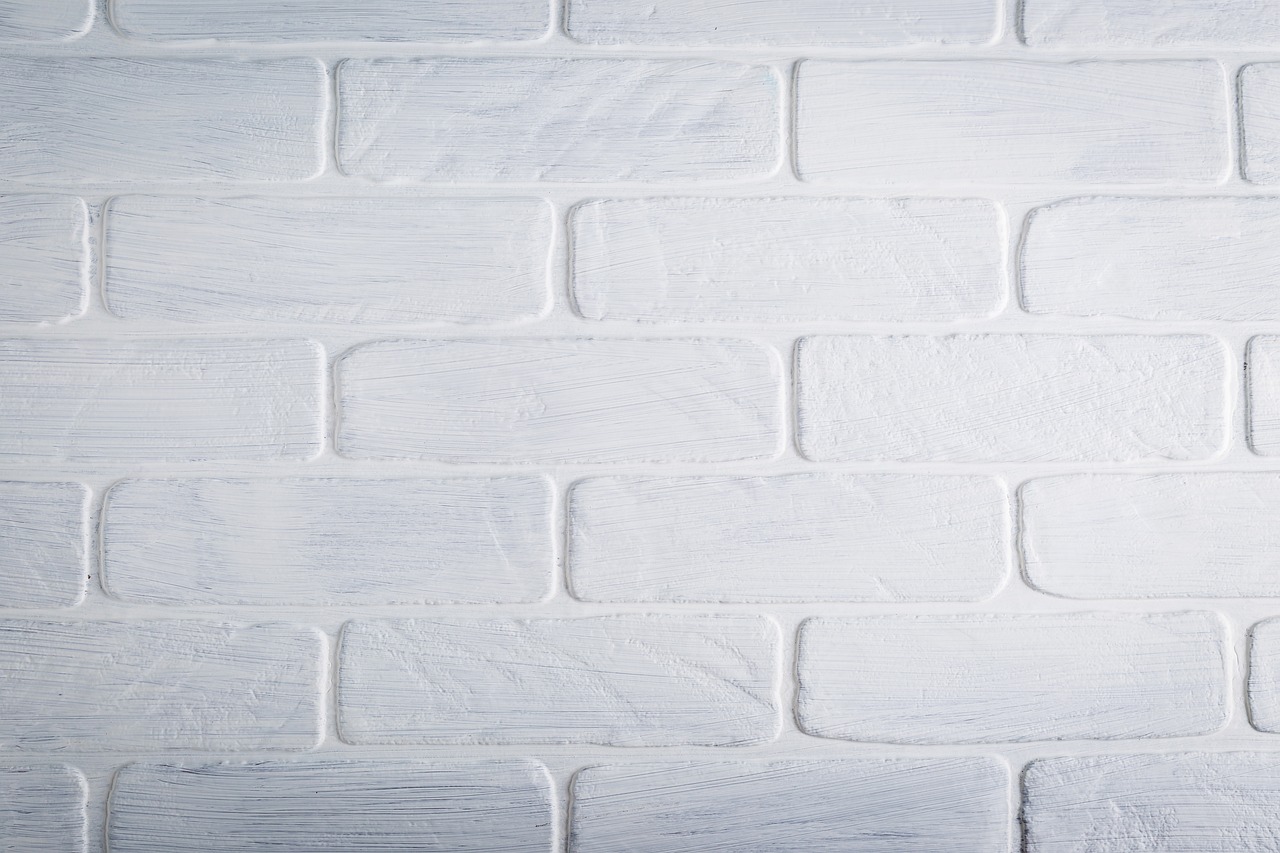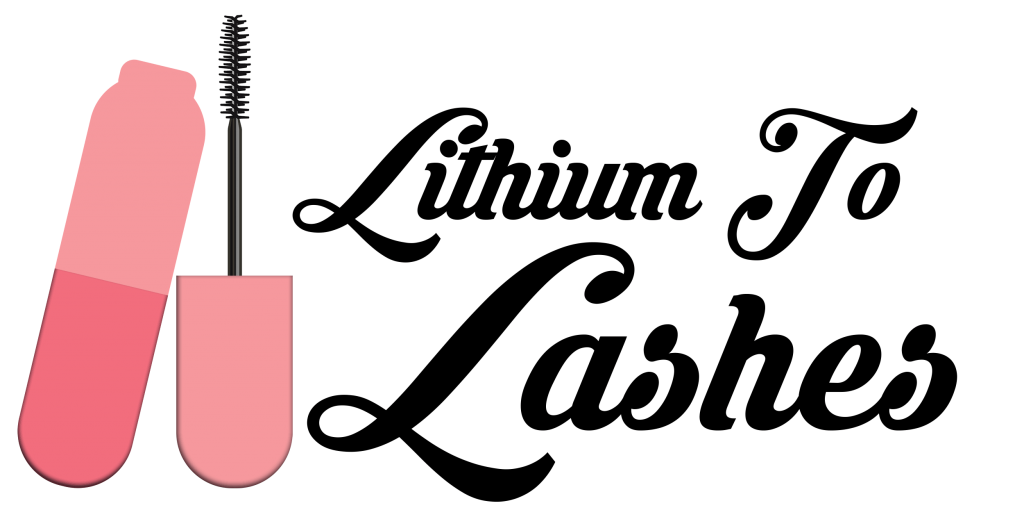Although I have bipolar disorder, it manifests itself mainly with severe, crippling depression. I’ll discuss my hypomanic episodes at a later time. Unfortunately for me, conventional treatment with antidepressants and different types of therapy have not worked. I only recently found out why the typical medications are not beneficial to me after changing psychiatrists. After reviewing the long list of antidepressants, mood stabilizers, and sleep medications that I have tried with little to no results, he suggested I take a genetic test. Now the genetic test doesn’t confirm or deny your diagnosis, it merely narrows down the selection of drug classes that may be suitable for treatment. The goal of genetic testing is to take the trial and error/ human guinea pig aspect out of psychiatry. It’s still in its infancy so it is not perfect, but it is promising. And if you’re anything like me, after close to 20 years of failed treatments, I’ll take promising over “let’s see what happens” any day.
After my doctor received the results of my genetic testing, he and I both had an A-Ha moment. The enzymes in my system and the way I metabolize medicine is the perfect storm of “This is a bad idea.” All those years of trying new medicines and suffering debilitating side effects that don’t resolve themselves over the typical period of acclimation, having them make my symptoms worse, or just having no effect, were explained in those results. My best bet for a medication that works is to try one that bypasses the liver altogether, in which there are very few. This brings me to my current treatment.
As of right now, I am on two relatively new treatments. One is FDA approved for the treatment of depression and the other is still in the process of trying to get approval. The first is TMS (transcranial magnetic stimulation.) It was suggested by a previous psychiatrist in NYC, but because of the time commitment required, I needed to find a doctor closer to home. TMS is similar to ECT (electroconvulsive therapy) but without the need to undergo anesthesia, the day needed to recover, or the memory loss. I have actually tried ECT and although I did see improvement in my depression I couldn’t handle the memory loss. Although it his been over 5 years since my last ECT treatment, I still have huge gaps in my memory and grasp to remember the names of people I’ve known my whole life.
TMS uses electromagnetic pulses targeted at the area of the brain that controls mood to stimulate nerve cells in this region. The pulses are delivered repetitively with about 3 seconds between pulses. It is a painless procedure but I can feel the pulses. The best description I can give for how it feels is like having a metal spoon tapped on your skull over and over. The treatments typically last about 35-40 minutes. However, I happen to have a very high motor threshold which means that the pulses have to be delivered at a higher level so they must be spaced further apart, so my treatments take closer to an hour.
When I first started treatment I went 5 days a week for 7 weeks, then tapered down to once a week. I started seeing results within the first 2 weeks, with a gradual but steady improvement in my mood. I’ve had no side effects except for mild headaches occasionally right after treatment. The one downside to this treatment is the cost. Many insurance companies will not cover it and I’m in an ongoing battle with mine to continue getting authorization for it. This has led to me having to stop treatment for 3 months and ending up in the hospital and having to take a medical leave from a job that I love.
The second tier of my treatment is one that surprises many people. It is Ketamine. Yes, “Special K”, the anesthetic, the rave drug. Ketamine has been studied more recently for the treatment of bipolar disorder and depression, but even with all of the positive results there is still a stigma attached to it which makes it difficult to get FDA approval for its use as a mood stabilizer. This being the case it is not covered by insurance and is very cost prohibitive depending on the method used to administer it. The two most common ways of administration are intravenously and an intranasal spray. Although the intravenous method has had the best results, I have only been able to use the intranasal spray because this method is slightly less expensive.
The intranasal spray has to be specially prepared at a compounding pharmacy and I’ve paid between $70- $130 per bottle for a 30 day supply. I recently switched to a compounding pharmacy closer to home who is able to add specific preservatives to the ketamine spray that the other pharmacies couldn’t so I am able to get 3 months of use out of one bottle. This has helped out substantially.
Taking the ketamine is similar to taking a nasal spray for allergies. It’s not difficult but takes some getting used to and the post nasal drip can be unpleasant. Unlike the TMS after taking the ketamine I can’t return to my regular daily activities so I take it in the evening. I can’t explain the feeling after taking it as anything other than being high. I don’t find it to be a pleasant experience because I get a flood of emotions and have no grasp on time or reality. This initial feeling passes after about 45 minutes to an hour, but I’m still a tad spacey afterward. Thankfully, I only have to do this every 3 days and my mood is brought to a pleasant baseline almost immediately.
So those are my two nontraditional treatments for my bipolar disorder. If you have any questions about them feel free to ask me or check out the following resources.
http://www.ketamineadvocacynetwork.org/provider-directory/
https://neurostar.com/neurostar-tms-depression-treatment/







Let me know what you think